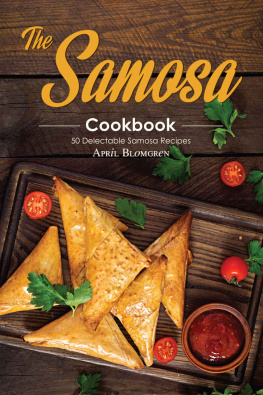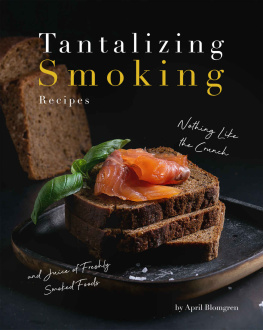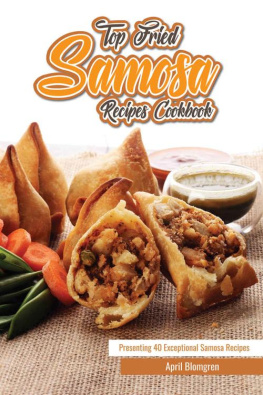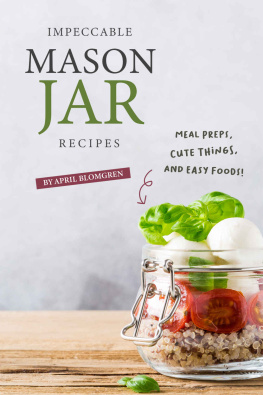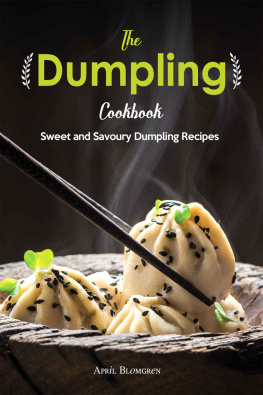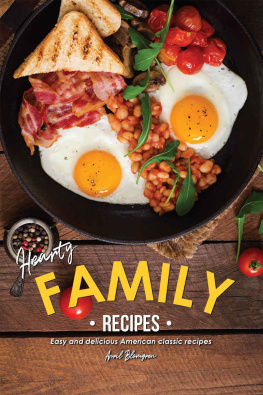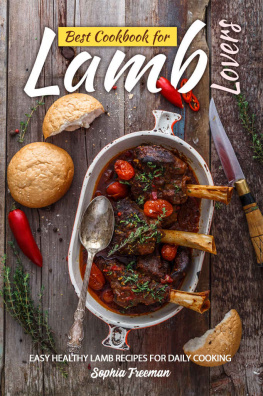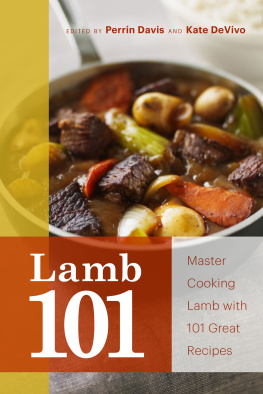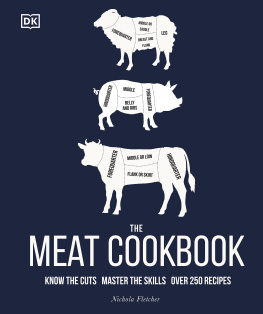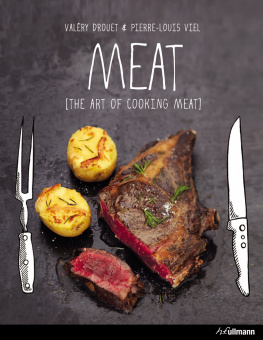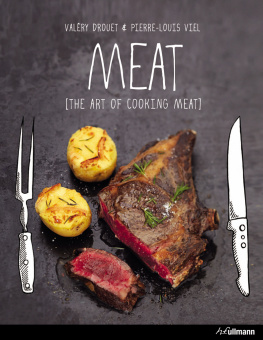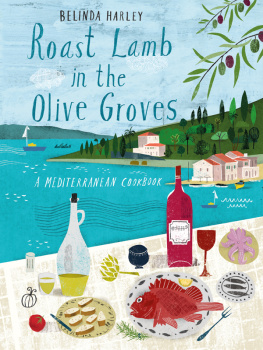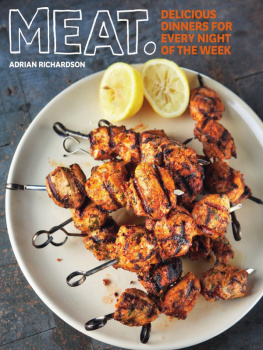Thank you so much for purchasing my book! As a reward for your purchase, you can now receive free books sent to you every week. All you have to do is just subscribe to the list by entering your email address in the box below and I will send you a notification every time I have a free promotion running. The books will absolutely be free with no work at all from you! Who doesnt want free books? No one! There are free and discounted books every day , and an email is sent to you 1-2 days beforehand to remind you so you dont miss out. Its that easy! Enter your email now to get started!
Introduction

Dating back to before the beginning of recorded history, lamb has always been one of the favorite meat dishes. Anciently, lamb is often associated with a festive dish; for example, the Bible frequently refers to shepherds tending flocks of lamb or members of royal households killing the fatted lamb for an extravagant feast. During the Middle Ages, our love affair with cooked lamb continued as kings and queens made lamb the centerpiece of elaborate royal feasts. Flash forward to today, where lamb continues to be one of the most popular ways to celebrate special occasions and holidays in countries all over the world. Lamb and mutton are the meat of sheep basically at different ages. To distinguish between the two types: lamb, is an animal more than six months old; milk-fed lamb, that has never been grazing grass; and mutton, 12 months and more, with a more assertive taste. Similar to beef, lamb is one of the red meats. The quality, tenderness, and flavor are recognizable by the whiteness of its fat and the tight grain of its pale red flesh. The white should be slightly pink for the milk-fed lamb, or bright red for the sheep.
A slaughtered lamb usually is butchered into three significant primal cuts: the forequarter, the loin, and the hindquarter. Leg of lamb, lamb shoulder, lamb shanks, and lamb meat used for gyros is from the hindquarter and forequarter. These all tend to be tougher cuts of meat that require a long cooking period to make the meat tender enough to eat. The tenderest cuts of lamb come from the loin. The softest part of the lamb chops is from the rib, loin, and parts of the shoulder. These areas get the least exercise and consequently have far less connective tissue than other parts of the lamb. Lamb chops also have some of the best flavors because the meat is lean and tender, unlike the leg and shoulder, which can often taste somewhat gamey. Because of their excellent flavor and tenderness, lamb chops, you can grill, but sometimes you can bake or even fry.
Lamb meat is eaten and loved all over the world, and it's cooked in a great variety of ways, for instance, in the form of kebabs, grilled patties, burgers, soups, and meatballs. This book will give you 60 fresh ideas on how to prepare lamb dishes. The versatility of these ingredients makes it very easy to incorporate into many dishes, and the flavor is just astounding. So, go beyond the usual ground beef and chicken dishes. You're sure to get several excellent choices in this book, whether you're preparing food for a dinner party or just making a weeknight dinner for your family.
So, don't hesitate, get ready, and get cooking!
I wish you a happy read!
Different cuts of Lamb Meat
Each piece of the animal has a specialty for a specific recipe. These cuts are:
Lamb chops
The cutlets or chops are first-class tender pieces, very much appreciated by meat lovers. They consist of a nut of flesh, with a little fat and a bone handle. They are fantastic for roasting, grilling, and barbecuing.
Lamb's ribs
2 to 3 ribs per person, depending on their size, are usually cooked in the frying pan, on the grill, or the hot plate at high temperature. You can bake them after marinating in lemon, herbs, and olive oil.
Leg of lamb
The leg of lamb is another piece of first grade, very tender and of excellent flavor, and is the leanest piece of lamb. It corresponds to a posterior limb. It can be whole or shortened, including the upper part of the hip (lamb saddle) or not. It ends with the mouse at the top of the bone handle, which is always highly sought by gourmets. The weight of a leg varies. The leg of a lamb should be round and short, rather than when it has a long and fine form. Very slow cooking of the leg provides melting and delicious flesh.
Lamb's shoulder
Lamb shoulder usually makes two roasts and is the highest protein cut of lamb. It has a complex bone structure and does not slice easily for carving at the table. The shoulder is less fleshy than the leg of lamb; it is left whole, with or without the bone of the scapula. It must also be short and round. It is excellent for all types of cooking but is particularly tasty when marinated and as a barbecue. The chump or chest is the central part of the animal.
Rib cage
Rib chops and spare ribs use the entire rack (rib cage and breast) with little waste. The rib chops are cut from the top of the rib cage. The bottom portion becomes spare ribs with a nice piece of flank. Rib chops are usually the tenderest chop, even on older sheep.
Rack of lamb
Rack of lamb is the rib rack left intact and not sliced into individual chops. The problem of making a rack is that most processors do not have experience removing the chine bone to allow for cutting at the table. You can do it at home; crack the rack between the ribs, and it will come apart for serving after roasting.
Lamb Shanks
Shanks can be cut up for stew meat or left whole. Shanks have a rich, meaty taste that is distinctly different from the remainder of the cuts.
Loin
The loin starts where the rack (rib cage) ends. The loin is left whole and cut crosswise for larger chops.
5 Things to Know About Lamb Meat
1. Flavor
If you are looking for flavor, choose a bone-in variety. If you are looking for something a little bit easier to handle and a lot easier to carve, then the boneless array is going to be one that you will want to choose. Regardless, as long as you season your lamb correctly with the right amount of spices and herbs, it will taste great either way.
2. Marinating
One of the greatest things about lamb today is that you do not need to worry about marinating it for it to be packed full of flavor. Lamb itself is naturally tender and is already full of taste. Marinating the lamb will make it tougher and make it taste different, and not in the right way. When it comes to seasoning lamb, you want to make sure you stick with the simplest seasoning ingredients, such as garlic and mustard.


